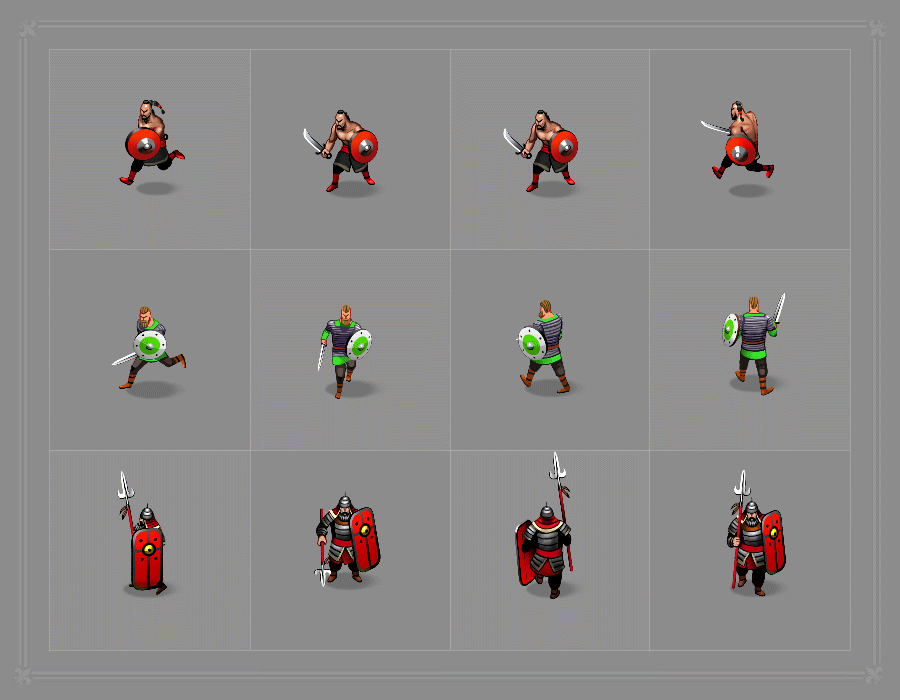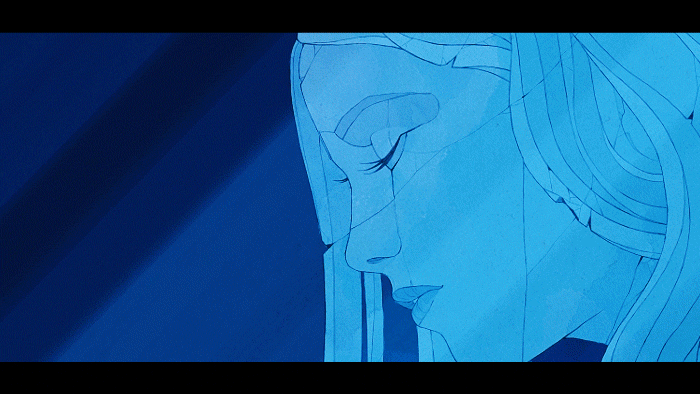A 2D art style refers to visual artwork that is created in two dimensions, focusing on height and width without depth. From charming pixel art to dazzling vector graphics, the art style brings a 2D world to life. But with so many 2D game art styles, each with its own charm, how do you choose? What techniques elevate each style from good to great? This deep dive explores popular 2D game art styles along with tips to make your game visuals truly captivating.
While art styles between 2D and 3D share similar characteristics, this article talks about 2D styles:
- Pixel Art
- Vector Art
- Hand-drawn Art
- Isometric Art
- Cel-Shaded Art
- Monochromatic Art


Need Game Art Services?
Visit our Game Art Service page to see how we can help bring your ideas to life!
Pixel Art: Capturing Retro Charm

No discussion of 2D art services is complete without pixel art. Once merely an artifact of hardware limitations, visible pixels now create intentional retro charm.
What defines this iconic style? Large, chunky pixels immediately evoke classic games. Sharp edges and blocky shapes make elements feel tangible even when stylized. Colors often draw from rich, saturated retro palettes for vibrance within constraints. Clean dithering mimics shading and textures. Imperfections like bleeds become part of the aesthetic rather than issues to avoid.
Composition focuses on simplicity for legibility with limited resolution. Less detail directs attention and imagination to the action. Animation prioritizes expression over slavish realism. Overall, pixel art design services elegantly convey ideas and style through simplicity.

Modern pixel art strikes a balance between intentional roughness and current polish. While recalling early game nostalgia, masterful pixel art disguises meticulous work behind its retro facade. Hints of depth, lighting, and bounce bring environments to life. Careful animations allow retro characters to emote distinctly despite blocky limits. Beautiful skies and parallax layers add subtle movement. Vibrant post-processing makes elements pop off the screen.
Pixel art squeezes massive visual impact from seemingly simple elements. It’s a style with retro charm, and modern polish, kind of like low poly game art for 3D styles.
Tips for creating truly stellar pixel art:
- Use high contrast lighting and rich blacks to accentuate form.
- Rely on subtle value and texture variations instead of hue to define details.
- Leverage negative space around subjects to further focus attention.
- Carefully compose silhouettes and shapes to convey visual impact.
- Animate layers and overlays to add depth and parallax motion.
Great Monochromatic Games:
- Inside (2016) – Silhouetted grayscale environments drenched in atmosphere.
- Year Walk (2013) – Haunting black and white folklore scenes come to life.
- Lyne (2014) – Soothing monochromatic puzzles with calming ambient music.
- Echochrome (2008) – Sleek monochromatic aesthetic for perspective puzzles.
- Spewer (2018) – Vibrant monochrome worlds full of goopy creatures.
Choosing the Right Art Style: A Quick Guide
With so many captivating art styles to choose from, how do you select the perfect fit for your game? Considering these key factors should help you decide on the right one:
Mood and Emotion: The visuals should complement the experience you want players to have. A cheerful cartoon world won’t match a bleak horror story. Make sure the style evokes the right emotional response.
Inspirations: Think about the games, animation, and art that get your creative juices flowing. Their styles likely resonate with you for a reason.

Crazy Clown Desert Map by Pixune
Story and Gameplay: Game art styles should support the narrative and mechanics. Realistic graphics may clash with fantastical stories while cel-shading could jar with gritty gameplay.
Team and Budget: Play to your team’s artistic strengths and pick a style achievable within budget constraints. A small team can better execute a simple retro pixel art game than a big 3D open world.
Timelessness: Some art styles age better than others as technology progresses. Cel-shading’s clean lines hold up better than early 3D graphics. Consider long-term appeal.
Variety: Can the style be adapted to convey diverse environments, characters, and moods? Or does it limit you to one specific look?
Conclusion
We’ve only scratched the surface of the artistry powering stunning 2D games. But hopefully, this overview illuminates creative possibilities and gets your imagination flowing. Making amazing game art takes dedication – but foundations like color theory, shape language, and composition apply across tools and styles. Build those foundations while exploring techniques that excite you the most. Never stop learning, and push limitations to take 2D art where no one has gone before!
What art styles or methods intrigue you most? Any pro tips for aspiring 2D artists? Let’s chat more in the comments below!
- Use bold outlines that cleanly divide color regions.
- Employ flat shading with limited gradations for a clean style.
- Design stylized models removing noise and fine details.
- Take advantage of texture filtering for art style cohesion.
- Animate with exaggerated motions befitting the medium.
















